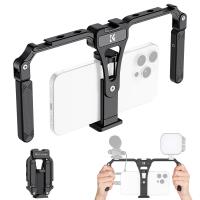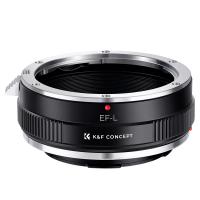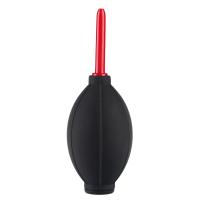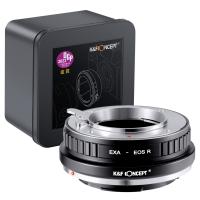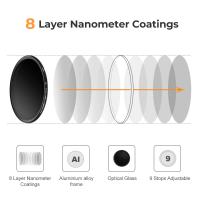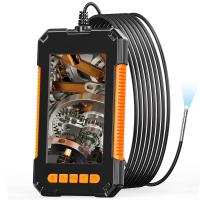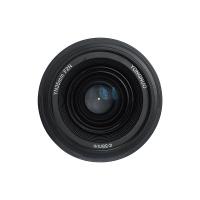How Do Binoculars Work ?
Binoculars work by using a combination of lenses and prisms to magnify distant objects. The objective lenses at the front of the binoculars gather light and focus it onto the prisms. The prisms then redirect the light path, allowing for a more compact design. The eyepiece lenses at the back of the binoculars further magnify the image and allow the viewer to see a larger, closer image of the object. By adjusting the focus wheel, the viewer can bring the image into sharp focus.
1、 Optics: Refracting and reflecting light to magnify distant objects.
Binoculars are optical devices that allow us to see distant objects with greater clarity and magnification. They work by utilizing the principles of optics, specifically by refracting and reflecting light.
The basic design of binoculars consists of two telescopes mounted side by side, each with a set of lenses and prisms. The objective lenses at the front of the binoculars gather light from the distant object and focus it onto the prisms. These prisms then reflect and redirect the light towards the eyepiece lenses, which further magnify the image and bring it into focus for our eyes.
The prisms used in binoculars are typically either Porro prisms or roof prisms. Porro prisms are made of two right-angled prisms, while roof prisms are more compact and aligned in a straight line. Both types of prisms serve to correct the orientation of the image, ensuring that what we see through the binoculars appears right-side-up and not inverted.
In recent years, advancements in technology have led to the development of more sophisticated binoculars. These include features such as image stabilization, which helps to counteract hand movements and provide a steadier view, especially when observing objects from a distance. Additionally, some binoculars now incorporate digital capabilities, allowing users to capture photos or videos of the observed scene.
Overall, binoculars are a valuable tool for various activities such as birdwatching, stargazing, and even military applications. By utilizing the principles of optics and incorporating advancements in technology, binoculars continue to enhance our ability to observe and appreciate the world around us.

2、 Objective Lens: Gathering light to form an image.
Binoculars are optical devices that allow us to see distant objects with greater clarity and detail. They work by utilizing a combination of lenses and prisms to magnify the image and bring it closer to our eyes.
The basic principle behind the functioning of binoculars is the objective lens. This lens is located at the front of the binoculars and its primary function is to gather light from the object being observed. The objective lens is responsible for capturing as much light as possible and forming a focused image.
Once the light passes through the objective lens, it enters the binoculars and encounters a series of prisms. These prisms serve to redirect the light path and correct the orientation of the image. The prisms also help in magnifying the image by bending the light rays.
After passing through the prisms, the light reaches the eyepiece lens. The eyepiece lens further magnifies the image formed by the objective lens and prisms. This allows the viewer to see a larger and more detailed image of the distant object.
In recent years, there have been advancements in binocular technology. Some modern binoculars incorporate image stabilization mechanisms to reduce hand tremors and provide a steadier view. Additionally, there are binoculars with built-in digital cameras that allow users to capture photos and videos of the observed objects.
Overall, binoculars work by utilizing the objective lens to gather light and form an image, which is then magnified and corrected by prisms and eyepiece lenses. These optical devices have become essential tools for various activities such as birdwatching, stargazing, and outdoor exploration.
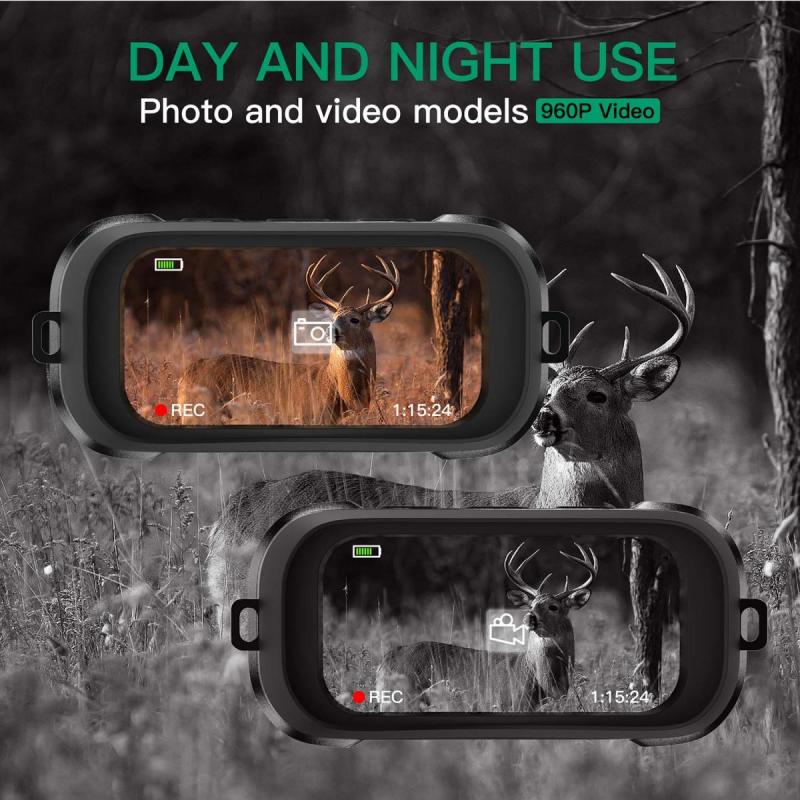
3、 Eyepiece: Magnifying the image formed by the objective lens.
Binoculars are optical devices that allow us to see distant objects with greater clarity and detail. They work by utilizing a combination of lenses and prisms to magnify the image formed by the objective lens.
The objective lens is the larger lens at the front of the binoculars. It collects light from the object being observed and forms an inverted image. This image is then passed through a series of prisms, specifically Porro prisms or roof prisms, which serve to correct the orientation of the image and provide a more compact design.
After passing through the prisms, the image reaches the eyepiece, which is the smaller lens located at the back of the binoculars. The eyepiece acts as a magnifying lens, further enlarging the image formed by the objective lens. By adjusting the distance between the eyepieces, users can achieve proper focus and alignment for their eyes.
The latest advancements in binocular technology have seen the incorporation of various features to enhance the viewing experience. These include image stabilization systems, which compensate for hand movements and vibrations, resulting in a steadier image. Additionally, some binoculars now come with built-in digital cameras, allowing users to capture photos and videos of the observed objects.
Overall, binoculars work by combining the light-gathering capabilities of the objective lens with the magnification provided by the eyepiece. This combination allows us to see distant objects as if they were closer, providing a clearer and more detailed view.
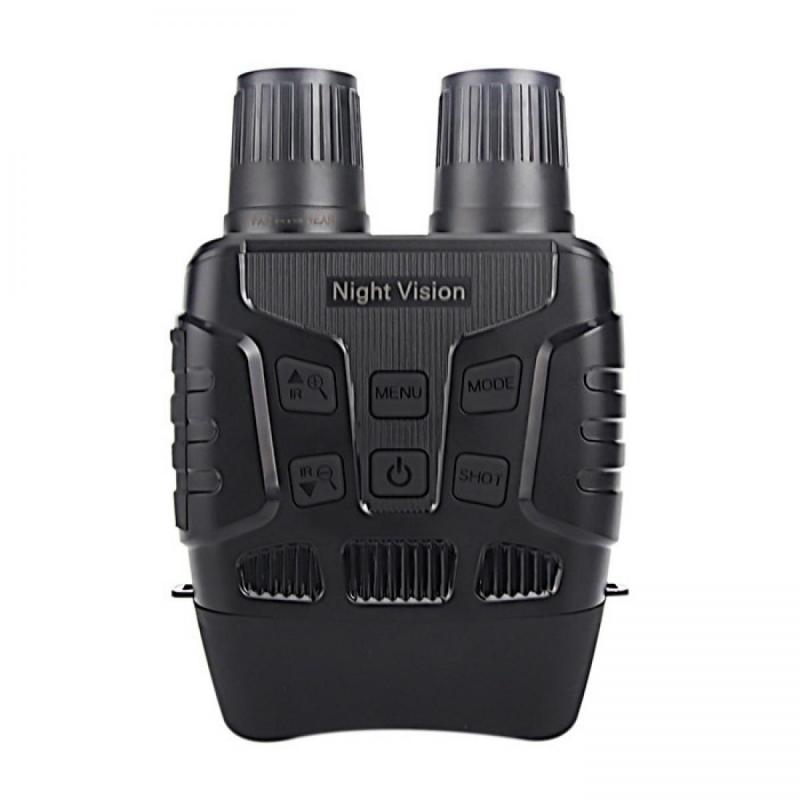
4、 Prism: Correcting the orientation of the image.
Binoculars are optical devices that allow us to see distant objects with greater clarity and detail. They work by using a combination of lenses and prisms to magnify the image and correct its orientation.
The basic principle behind binoculars is the same as that of a telescope. They consist of two parallel telescopes, one for each eye, which are aligned to provide a stereoscopic view. The lenses at the front of the binoculars gather light and focus it onto the prism system.
The prism system is a crucial component of binoculars as it corrects the orientation of the image. When light enters the binoculars, it is initially inverted, meaning that the top becomes the bottom and vice versa. The prisms inside the binoculars then flip the image back to its correct orientation, allowing us to see the object as it appears in reality.
The most common type of prism used in binoculars is the Porro prism, which consists of two right-angled prisms. These prisms reflect the light path, redirecting it through a 90-degree angle. This design allows for a more compact and ergonomic shape of the binoculars.
In recent years, there have been advancements in prism technology, with the introduction of roof prisms. Roof prisms use a different configuration of prisms that allows for a more streamlined and compact design. This has made binoculars more lightweight and portable without compromising on image quality.
In conclusion, binoculars work by using lenses to gather and focus light, and prisms to correct the orientation of the image. The advancements in prism technology have made binoculars more efficient and user-friendly, providing us with a clearer and more immersive viewing experience.





















